Street artist Mahn Kloix recently worked on his latest mural in Marseille, France. Located on 200 meter sqaured wall of the telecoms operator Orange and now dominating the scene is a portrait of Tursunay Ziawudun, a Uyghur who testified on her ordeal in the “camps” Chinese.
Suspended from his ropes, the artist put the finishing touches to his portrait on October 7, on the immense facade of this building, rue Félix-Pyat, in the heart of one of the poorest districts of the second largest city in France. . And he signed his work on October 8 with a simple stencil, “Tursunay Ziawudun, by Mahn Kloix”.
No message beyond this name and face, which the artist painted from an image from a BBC documentary where this 43-year-old woman recounts the rapes she suffered in one of the “camps” set up by the Chinese regime in the western region of Xinjiang, first in 2017, then in 2018.
Several human rights organizations have accused Beijing of interning at least one million Uyghurs in Xinjiang in “re-education camps”, subjecting some to forced labor. Amnesty International has denounced “crimes against humanity”.
Beijing denies this figure and talks about “vocational training centers” to support employment and fight Muslim extremism in this province which had been affected by attacks attributed to Uyghurs.
Under an almost transparent lace veil, the look is soft. With his hand on the cheek, Tursunay Ziawudun seems “looking to the future”: “One of my challenges”, Mahn Kloix explains to AFP, “it is to talk about negative things without falling into the negative, to always give an image of hope”. This woman’s journey has been “violent”, explains the 40-year-old artist, who spent two years in Beijing, when he was still a graphic designer and above all a long-haul traveler. It was through this BBC documentary that he discovered Tursunay Ziawudun’s ordeal. “It took me to the guts.”
“This is perhaps the hardest scar to forget”, explains this Uyghur survivor, in her testimony, reviewing her three gang rapes: “I don’t even want those words to come out of my mouth anymore, (…) in fact their goal is to destroy us all”, she asserts, about the Chinese regime’s policy towards the Muslim community in Xinjiang.
“My theme today is oppressed minorities”, he explains. On a wall in Marseille, he paints Nüdem Durak, a Kurdish singer imprisoned in Turkey. On a garage door, still in Marseille, it is Yulia Tsetkova, a Russian activist prosecuted for defending the rights of women and LGBT people. In Eauze (Gers), Greta Thunberg, the young Swedish environmental activist. In Paris, on the WALL (Modular, Urban, Reactive) of Oberkampf, a kiss is scandalous, that of Shaza and Jimena, two women who had to flee Dubai where homosexuality is punishable by death.
With Tursunay Ziawudun, it is another resistance that he highlights. “Paint this portrait on the walls of the historic telephone operator in France, in the country of the motto Liberty, Equality, Fraternity, the country which asserts itself as guarantor of human rights but which continues to trade with China, that makes perfect sense! “, he pleads with irony.
Mahn Kloix originally began painting in urban spaces in New York City. Heavily influenced by the street art scene, Kloix’s contemporary fluid and free figuration is also expressed on canvas and paper. He pays tribute to young protesters in Istanbul, Tunisia, and Athens by conveying their similarities in his works. Their portraits are a leitmotif to highlight human and environmental struggles.
Take a look below for more photos of “Tursunay Ziawudun”
Photo credits: Fabrice Calmettes

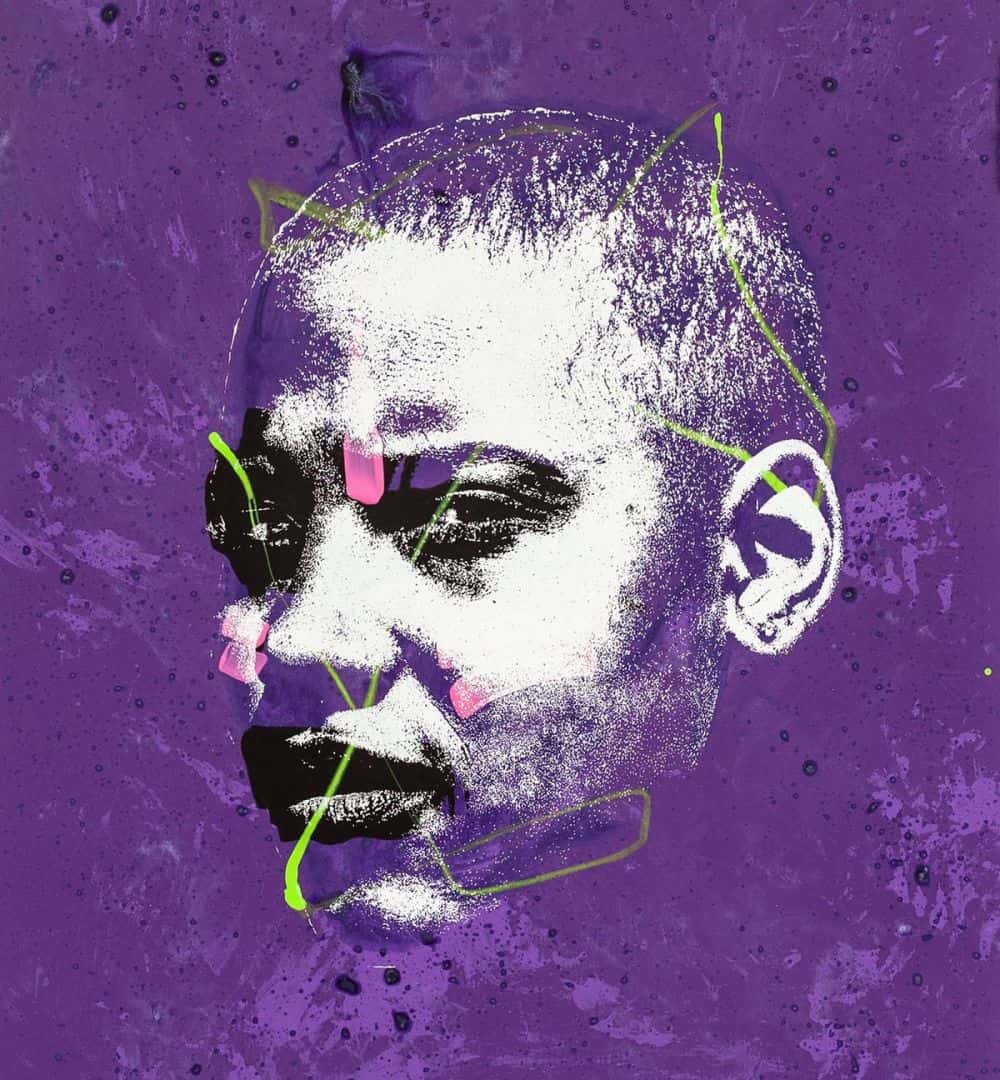
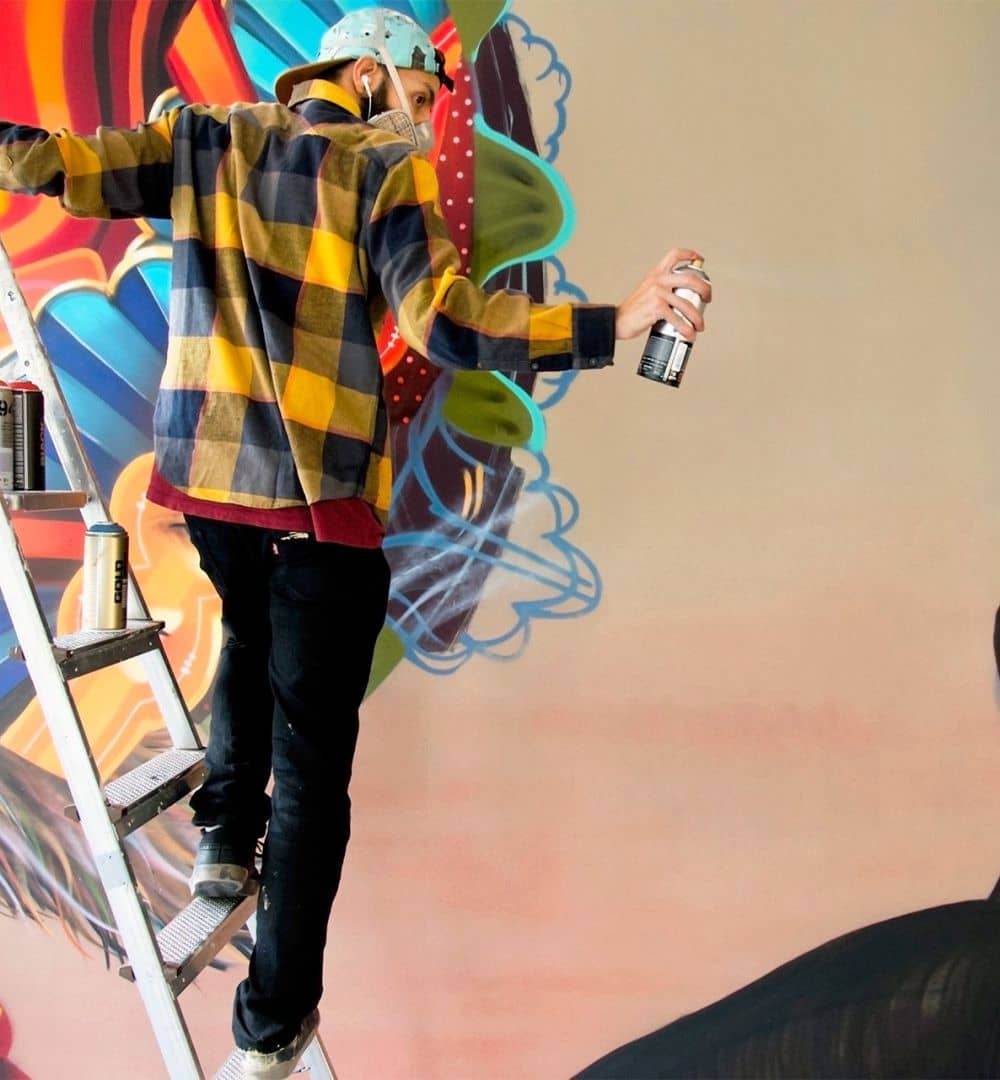
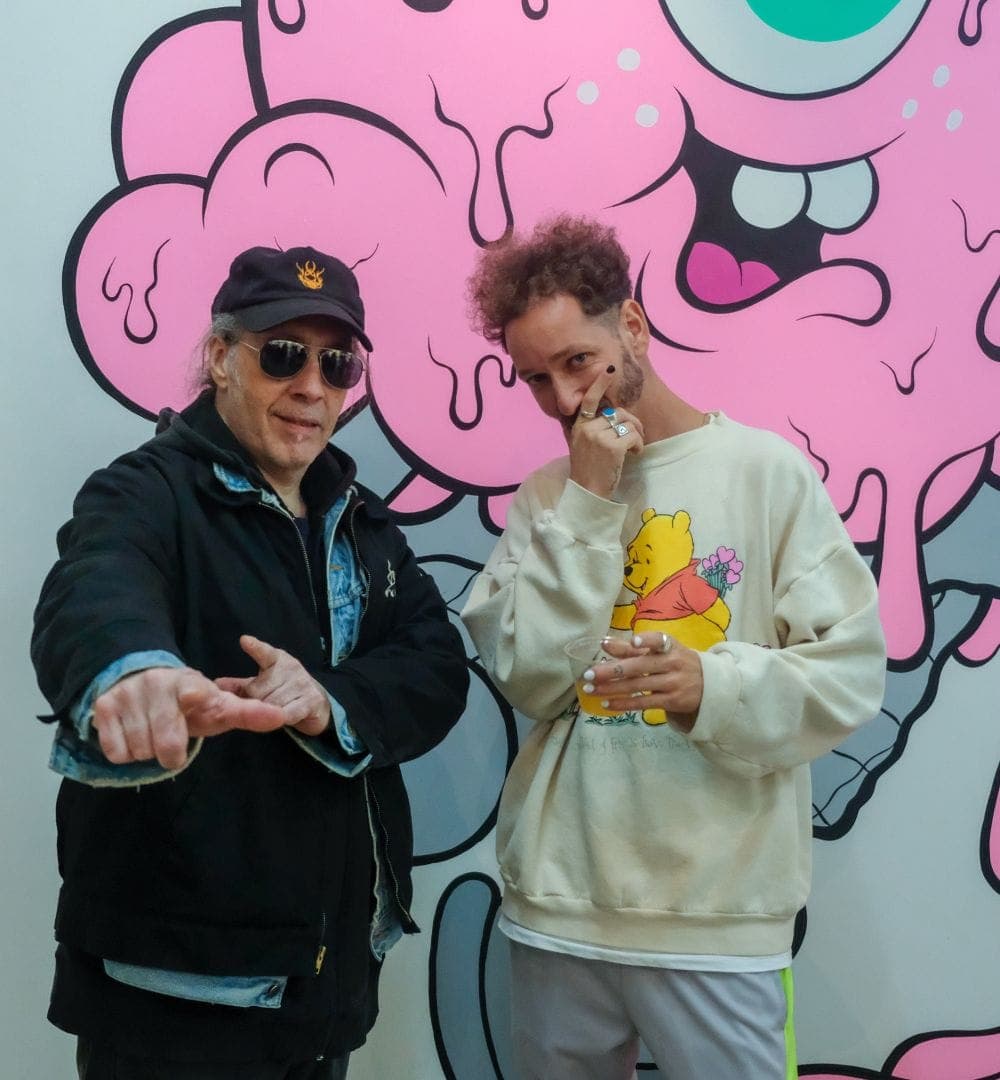
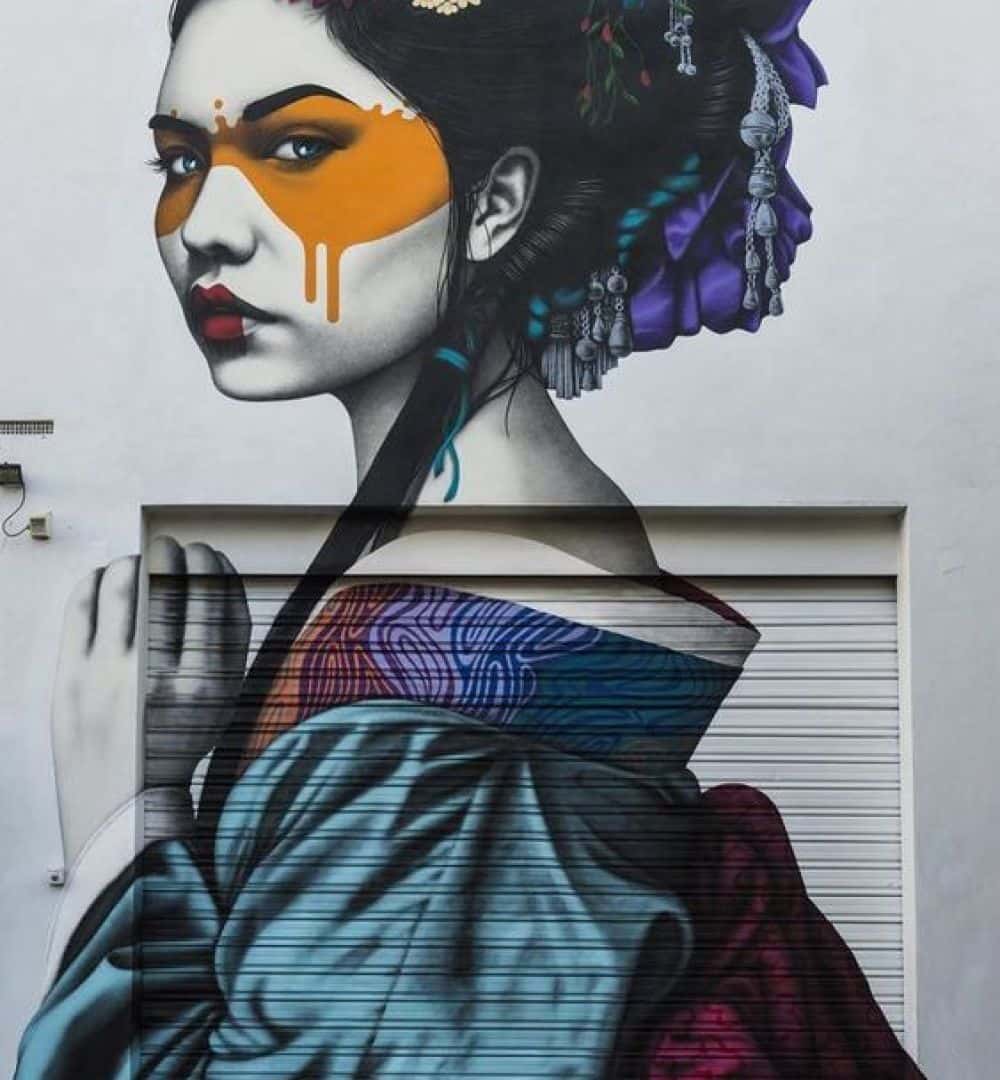

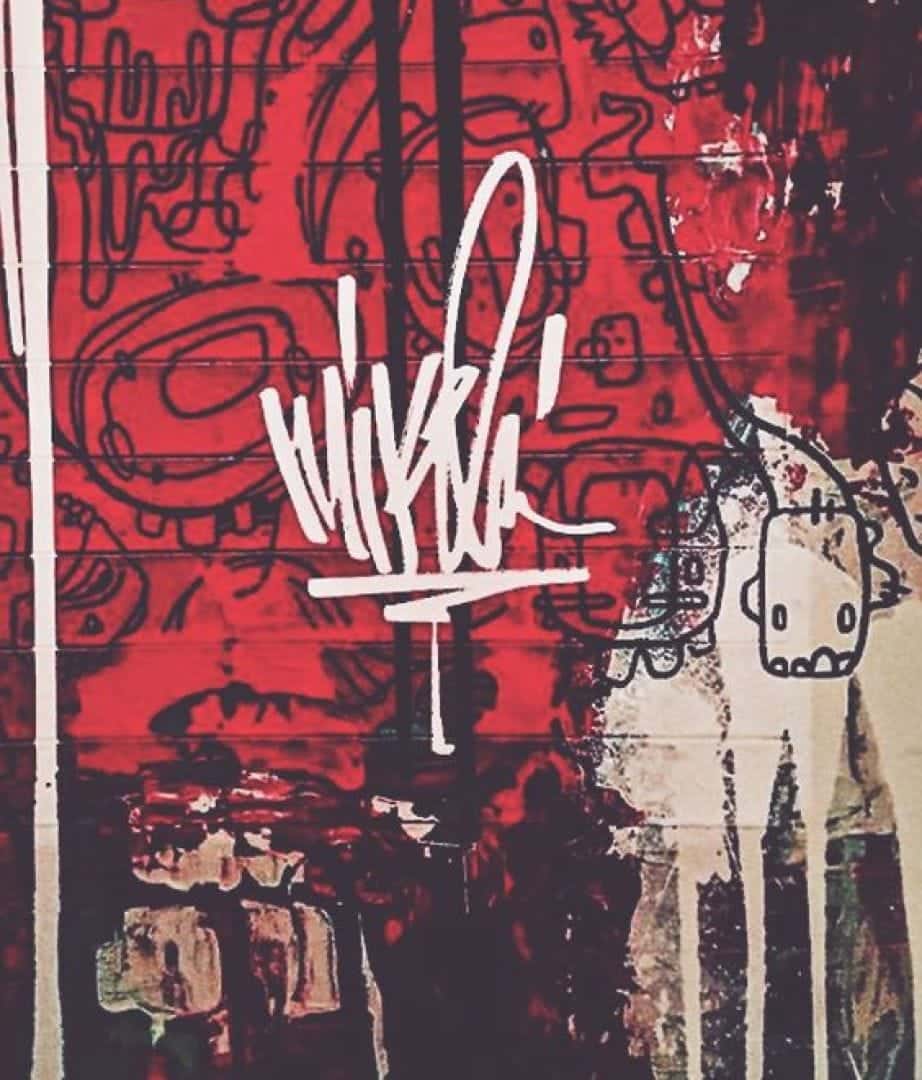
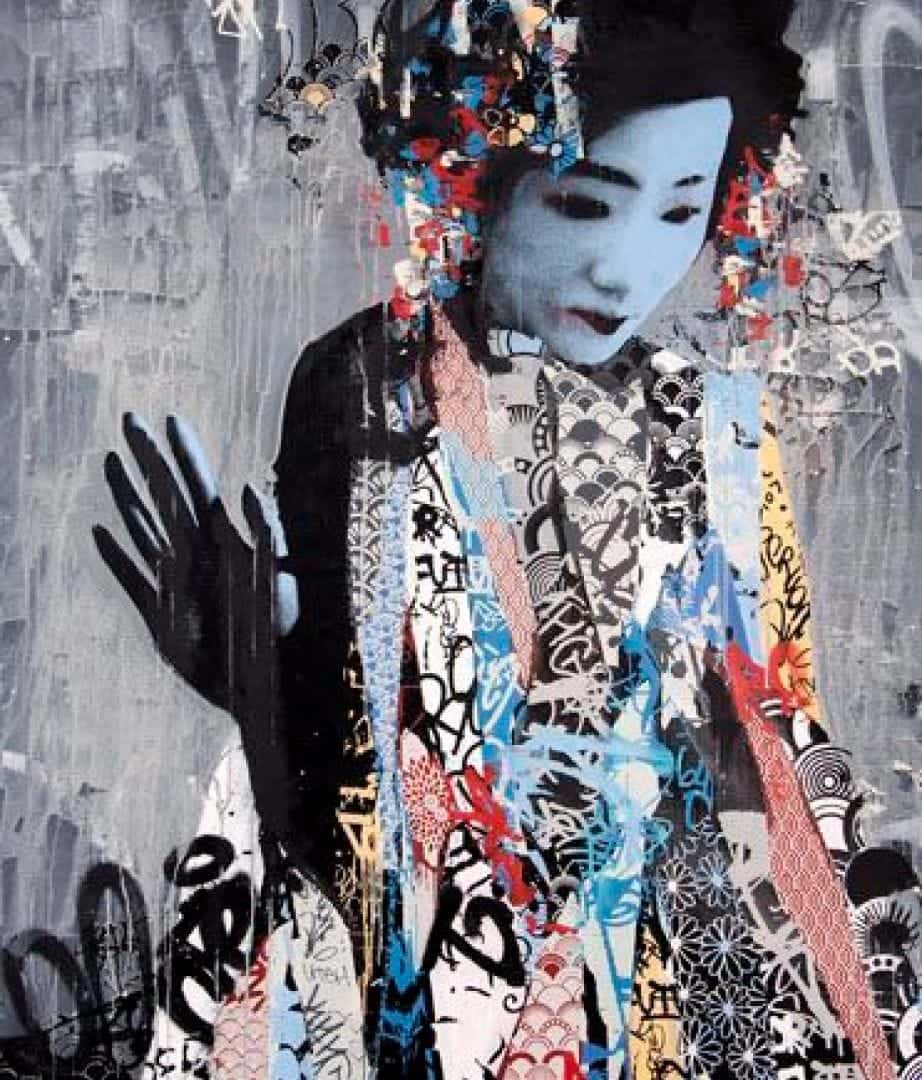
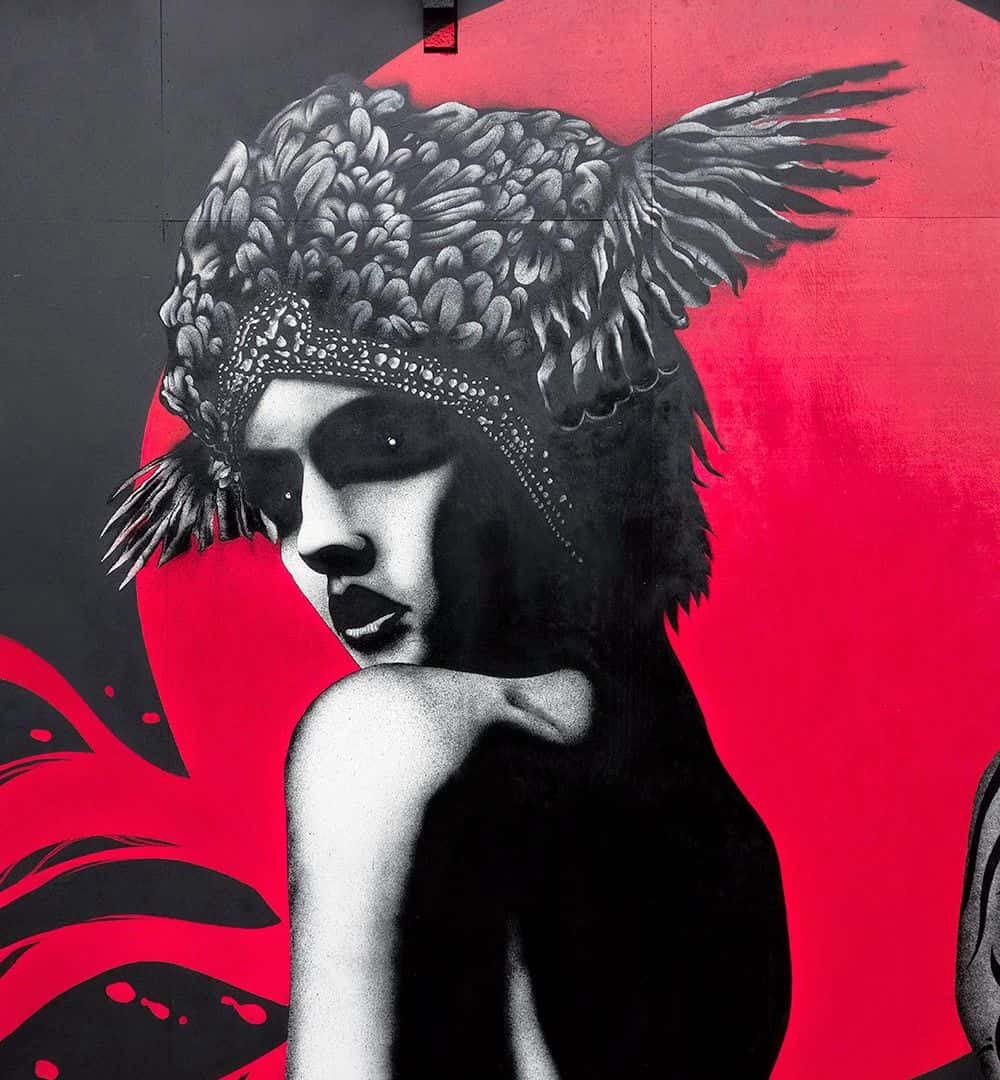
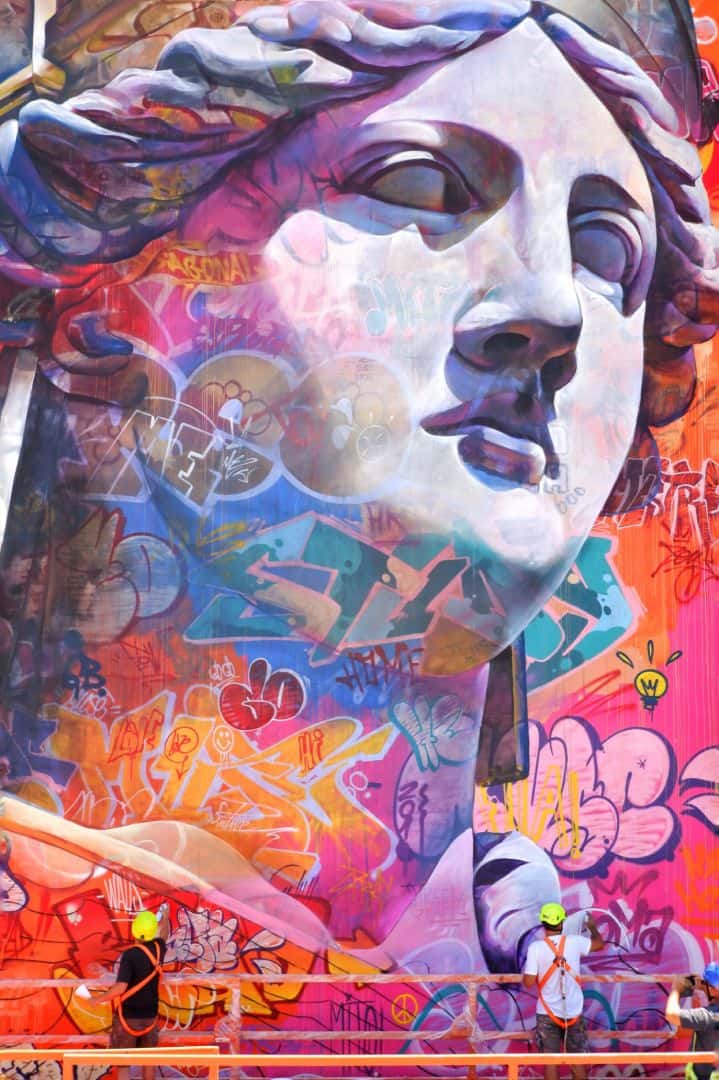


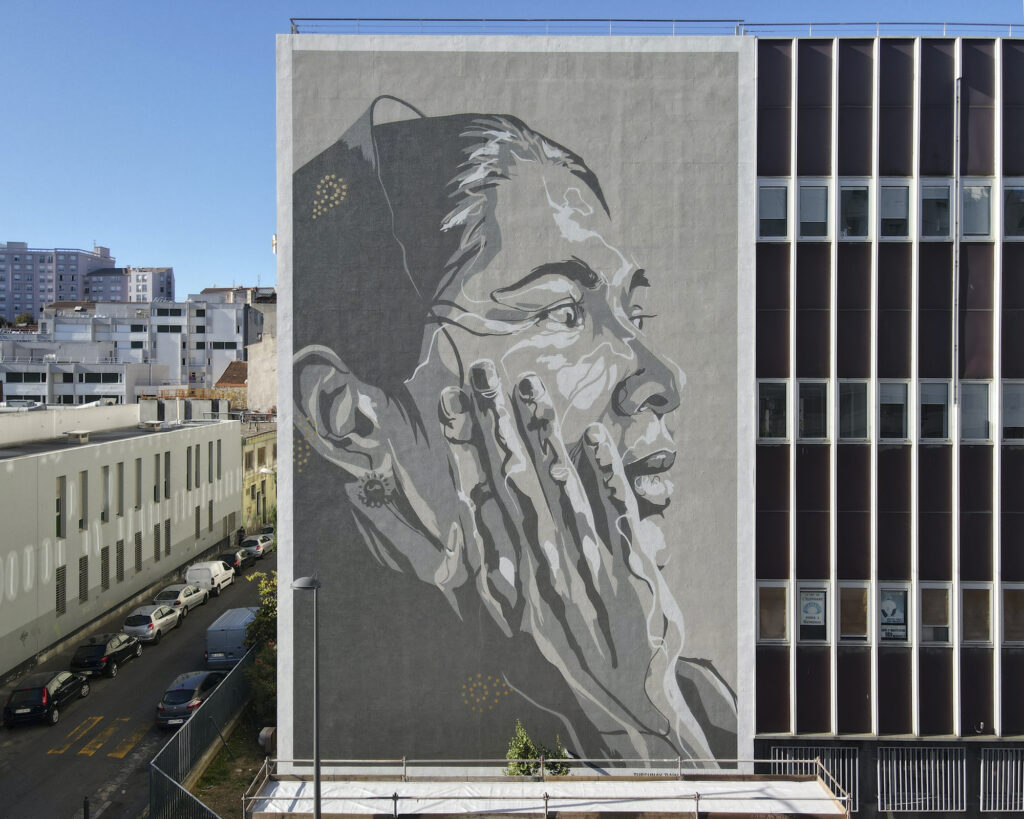
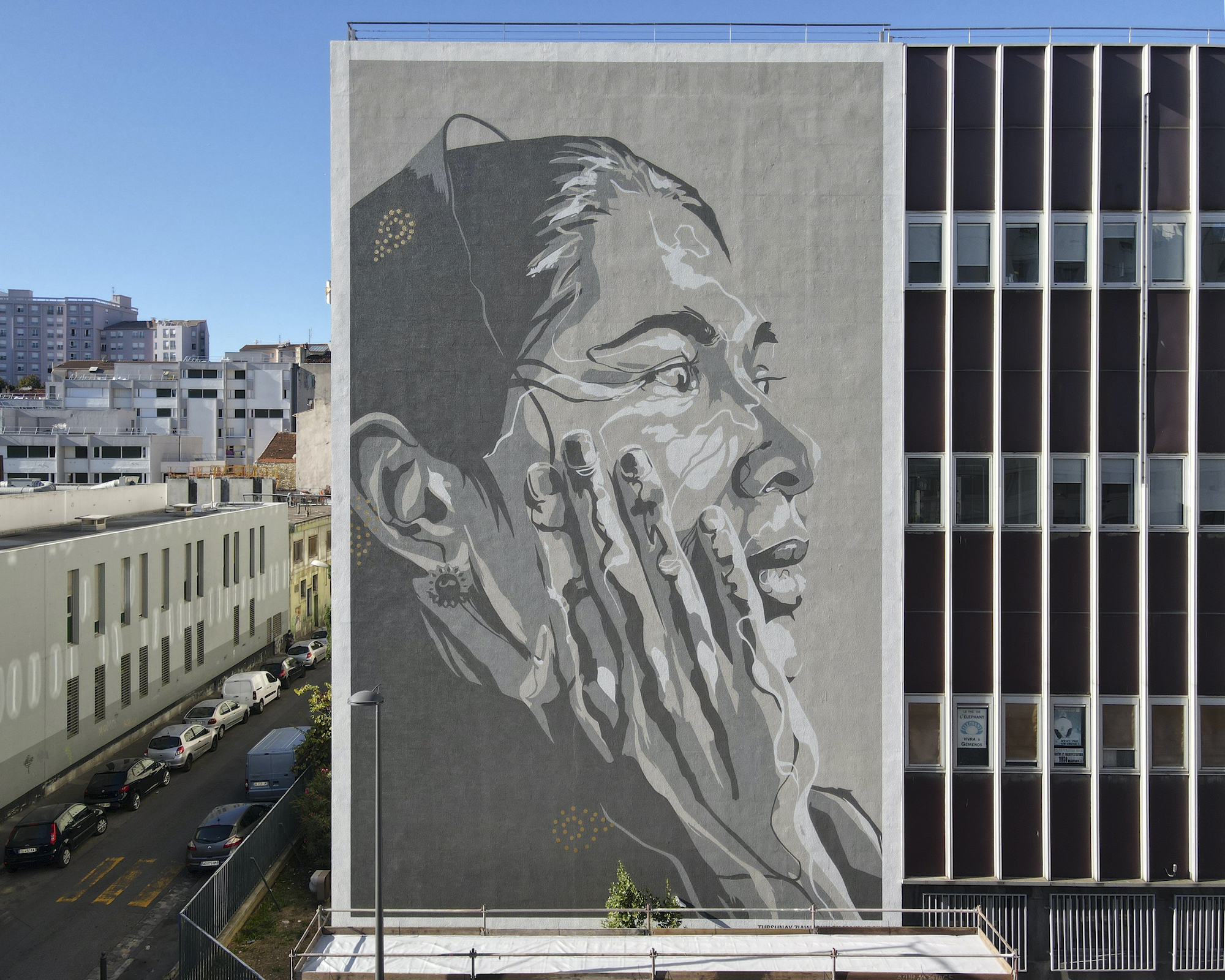
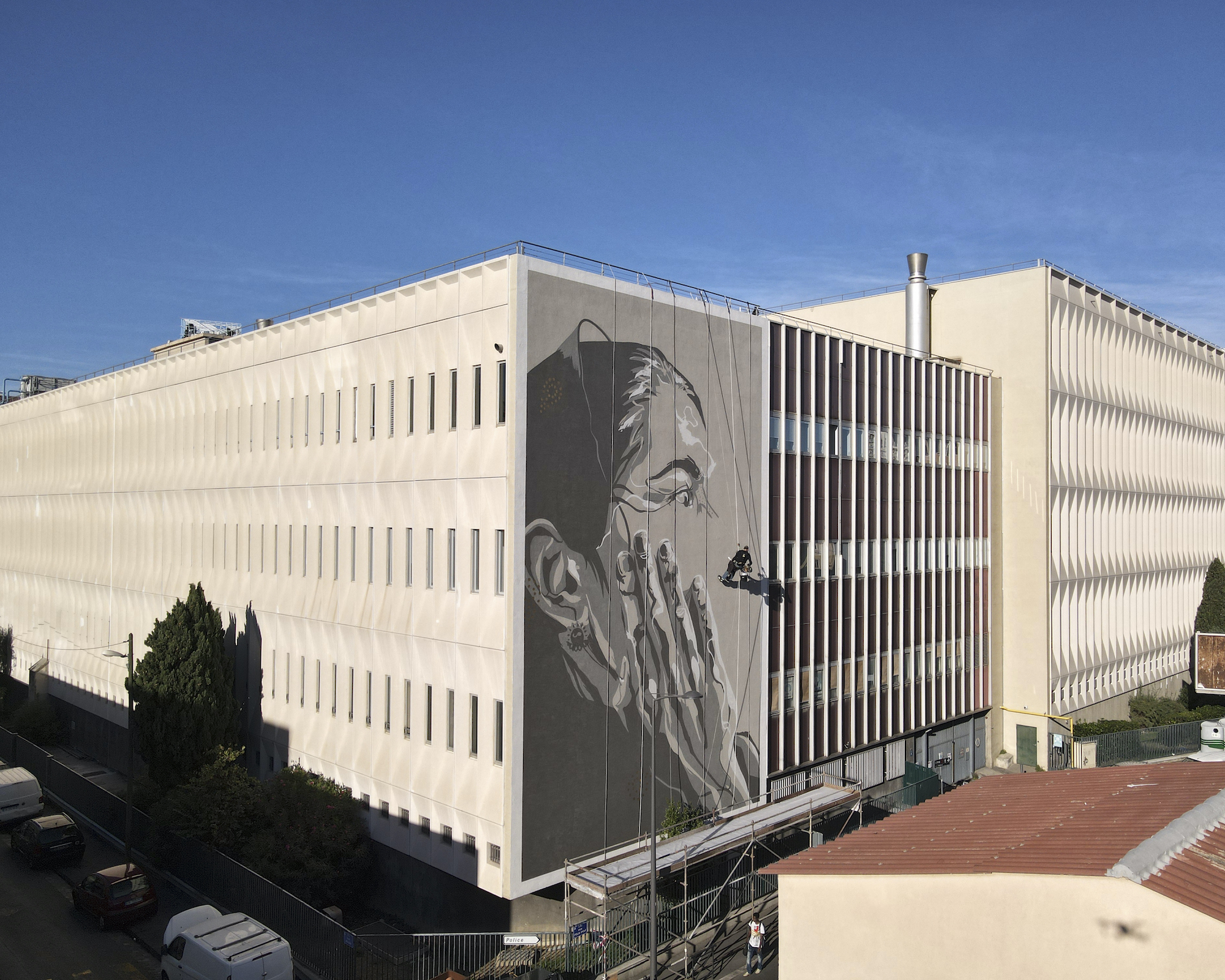
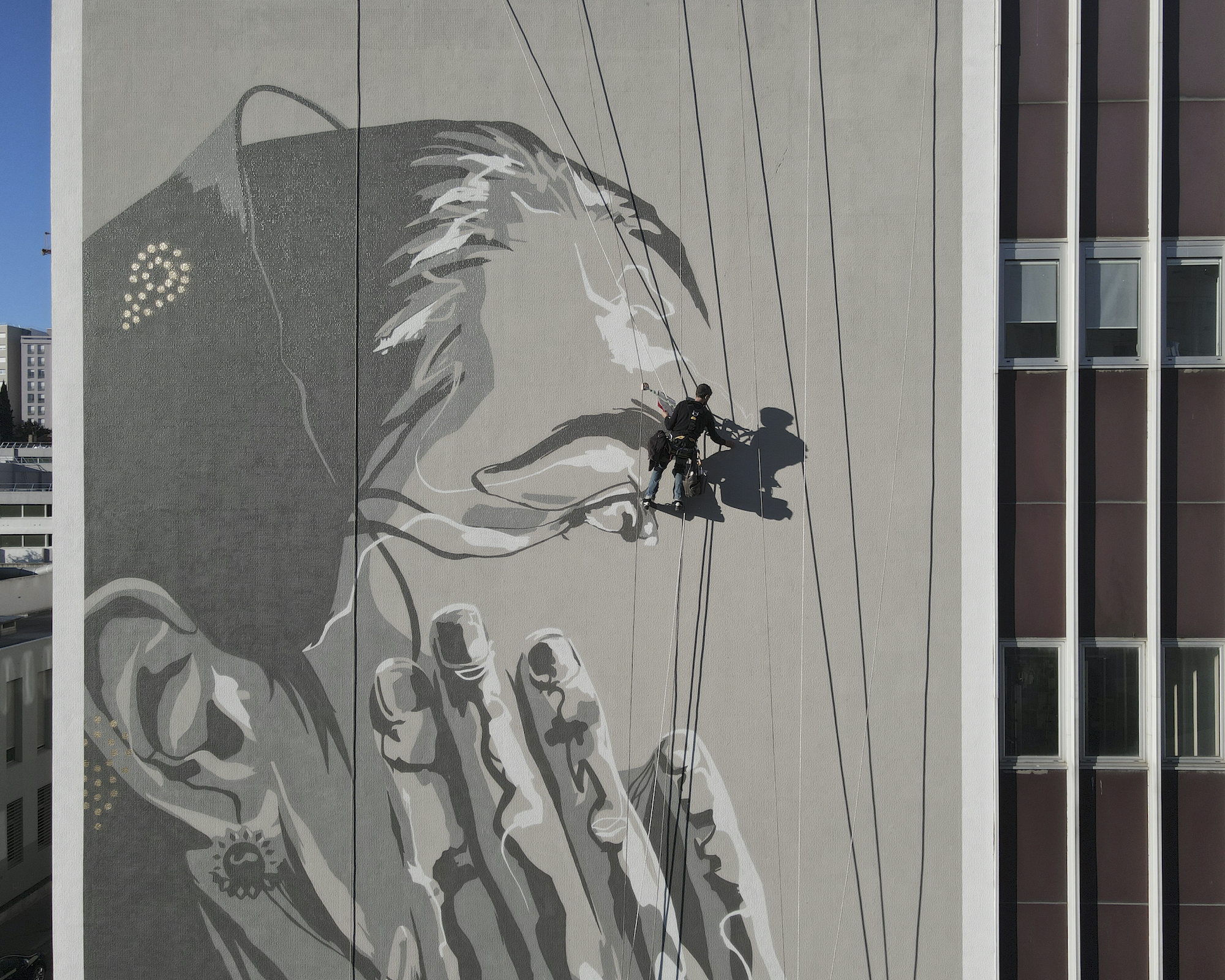
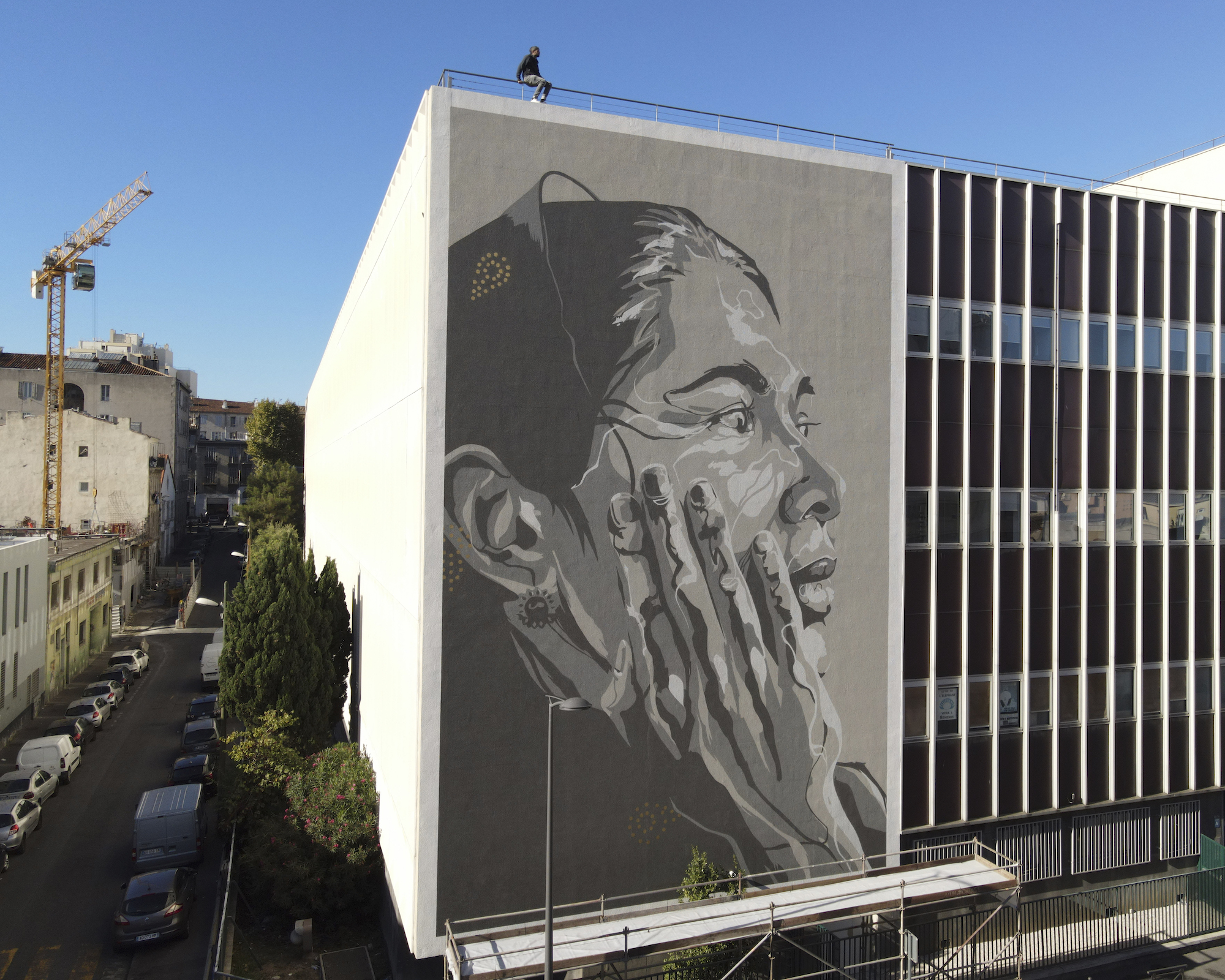
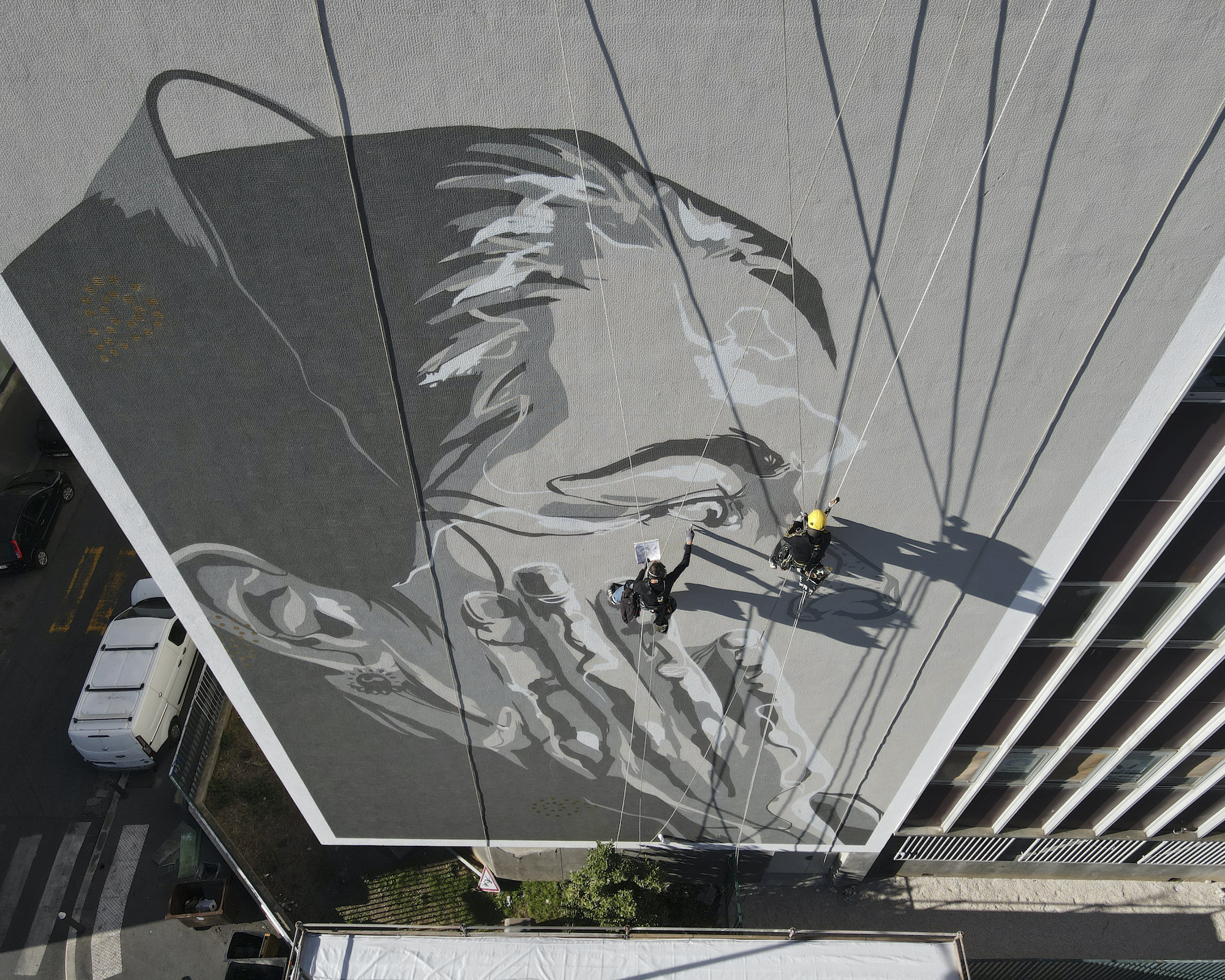
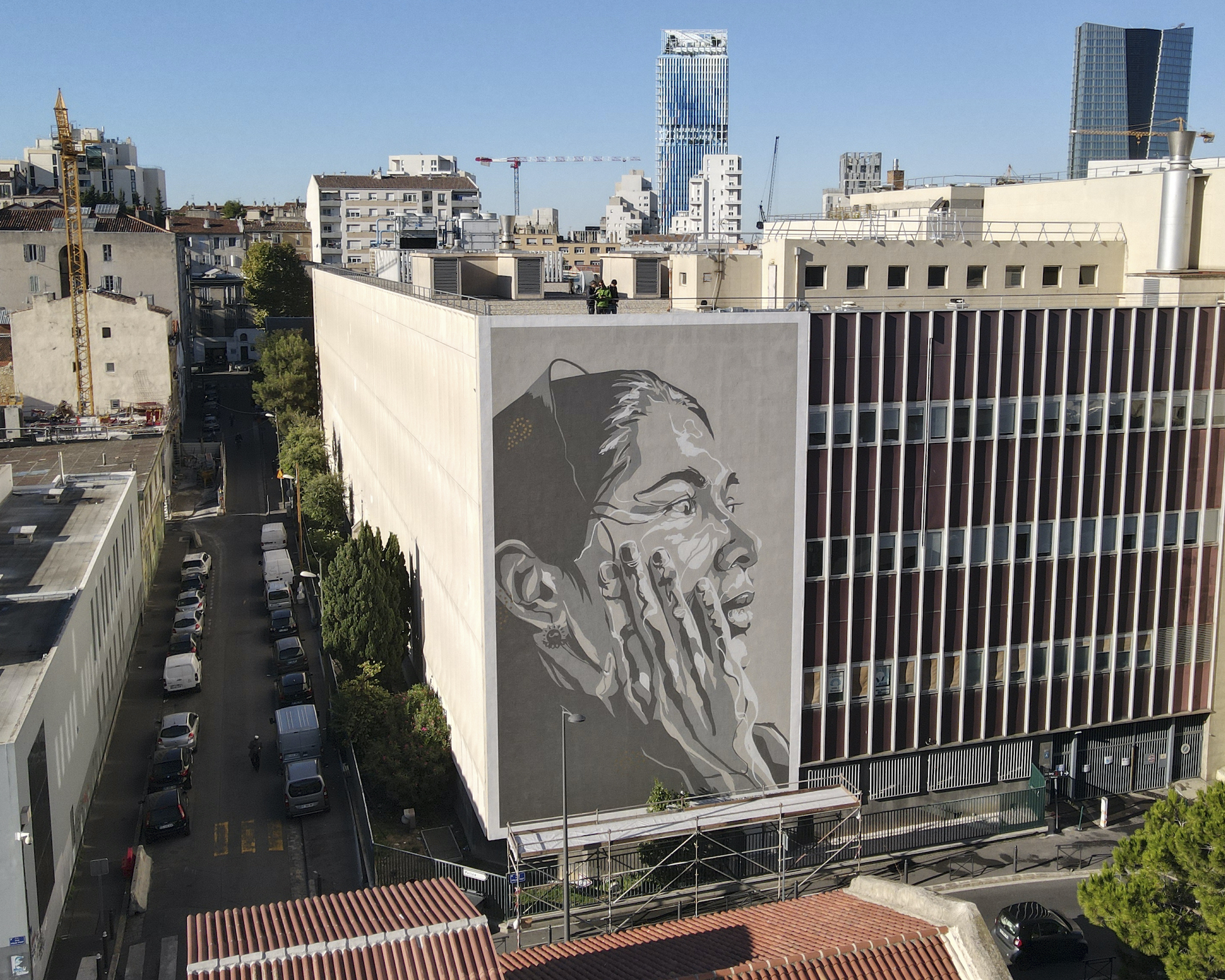
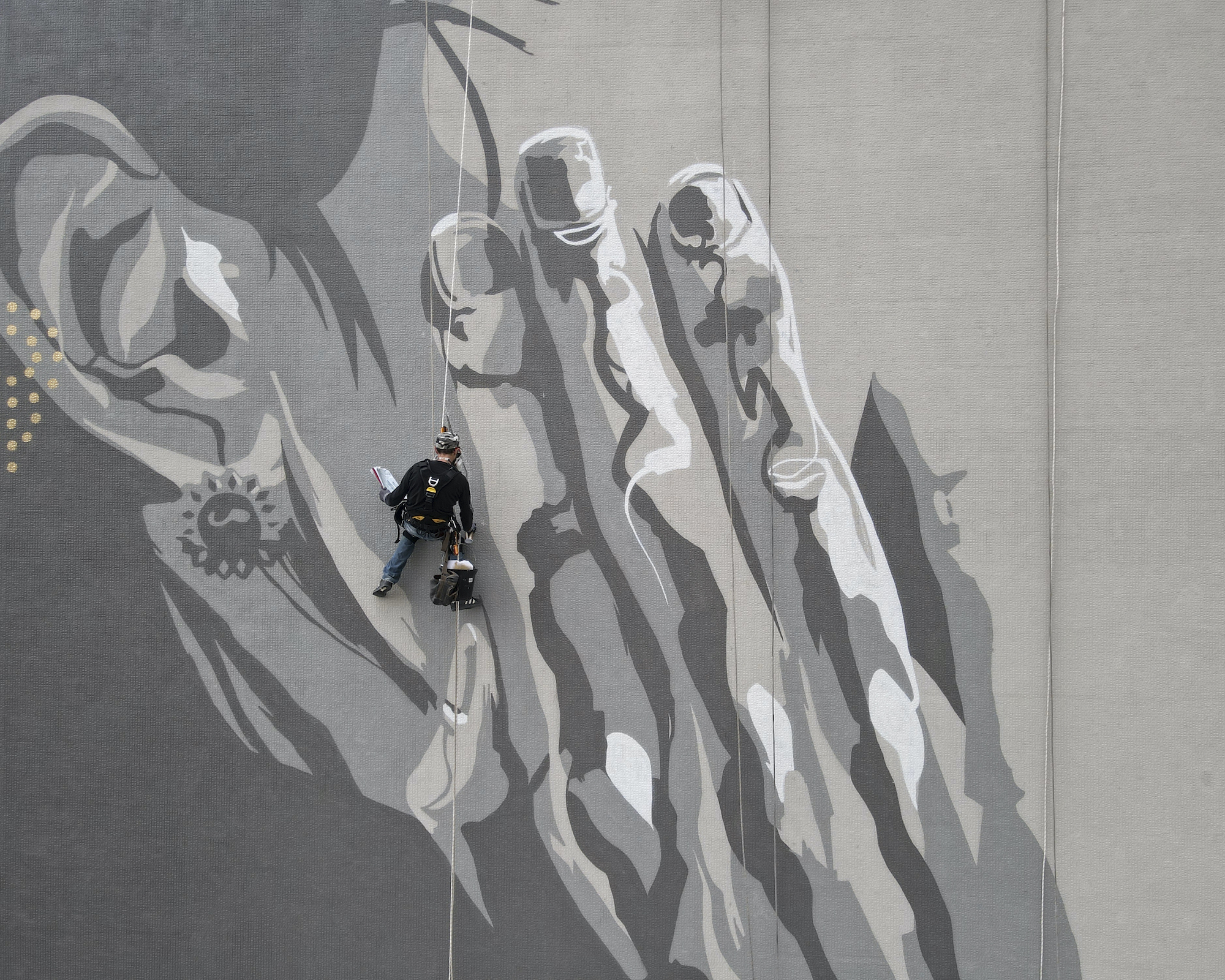
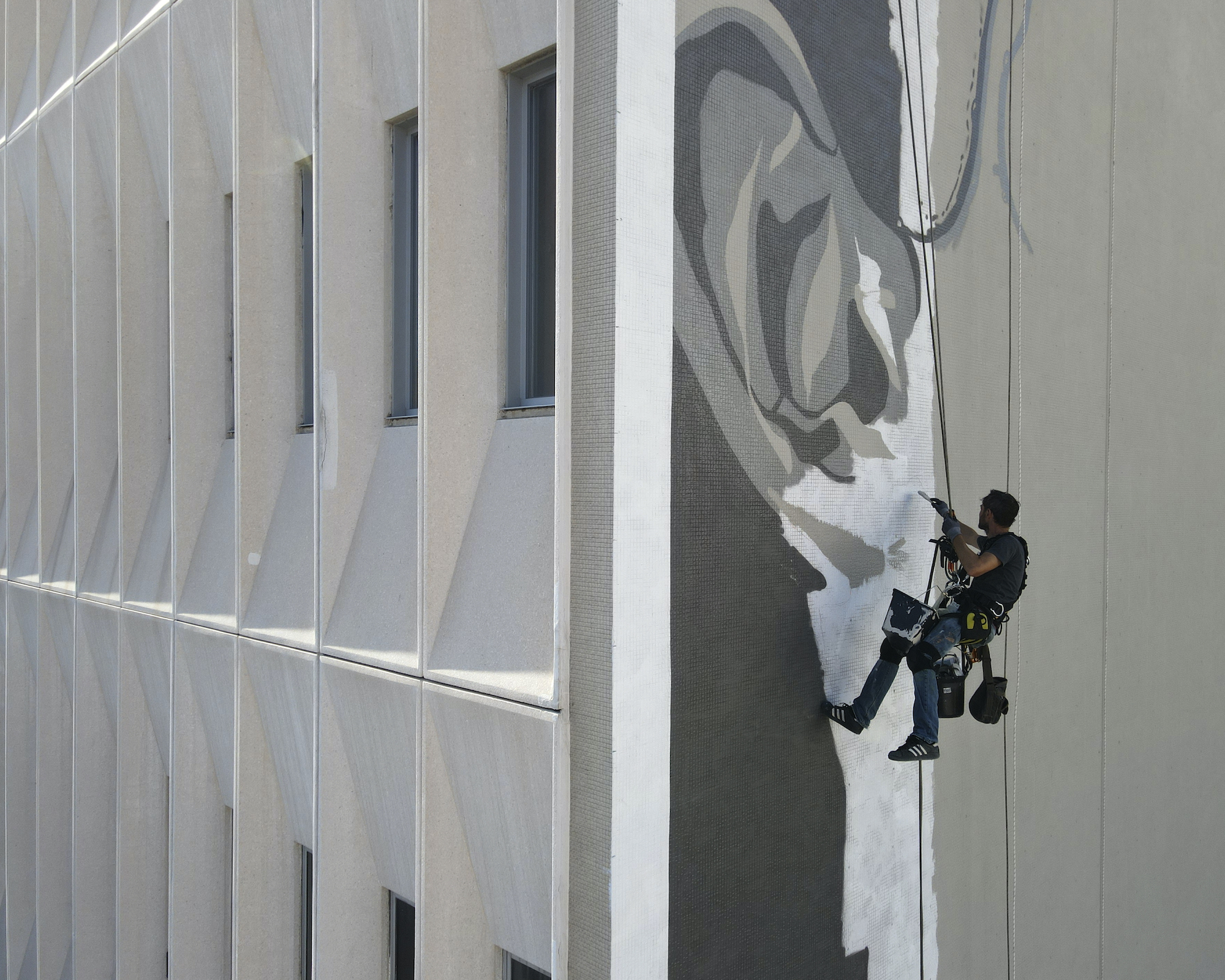
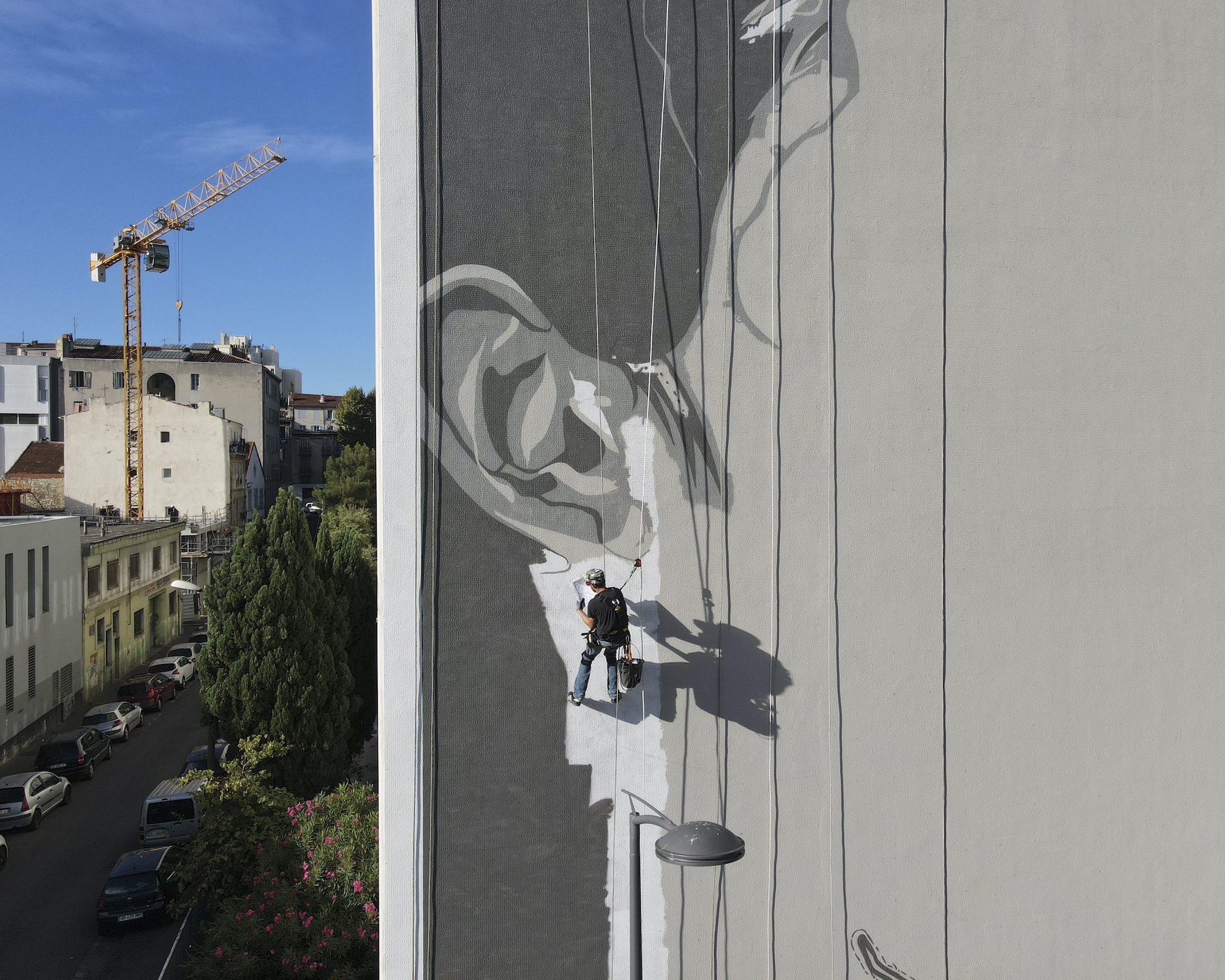
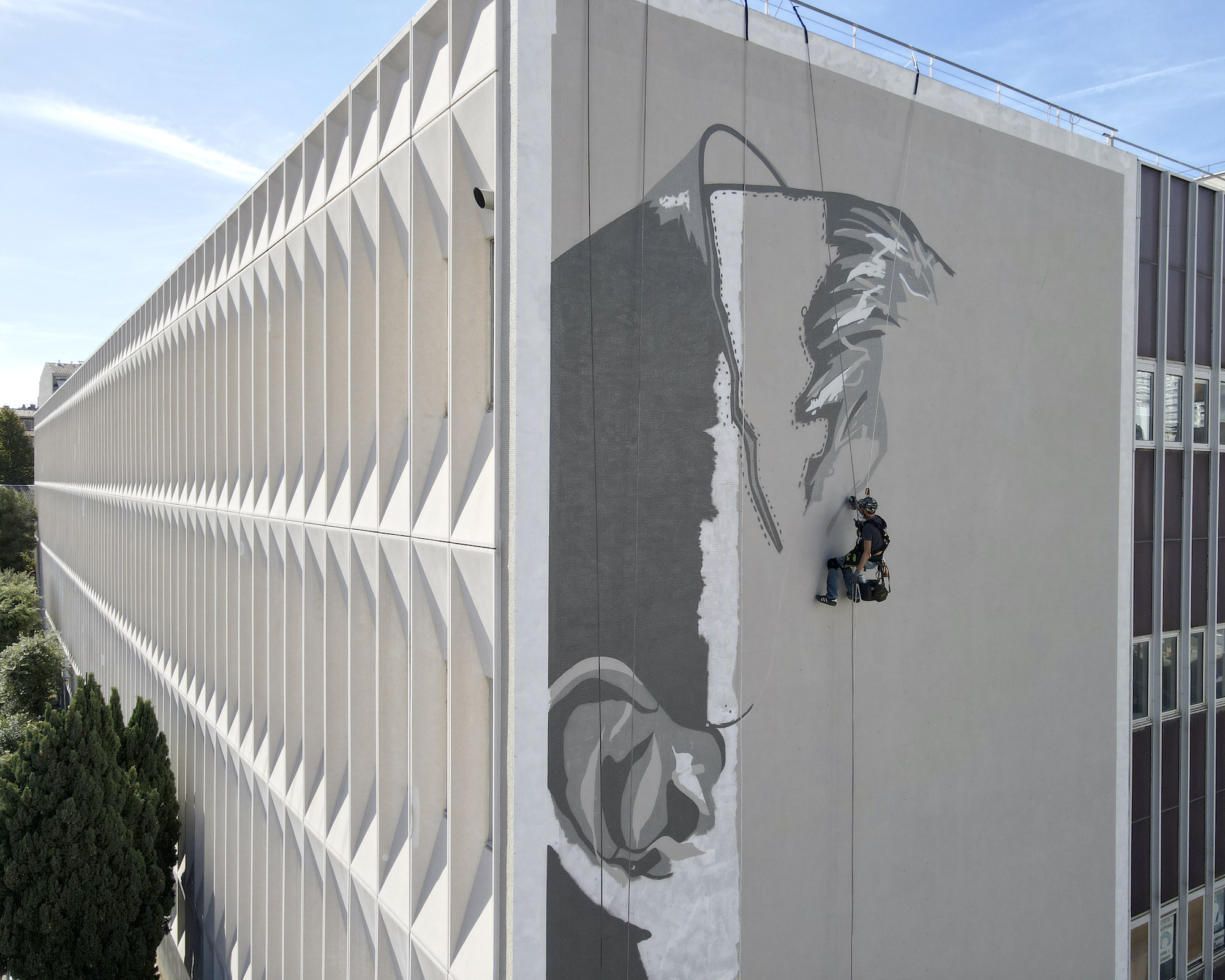
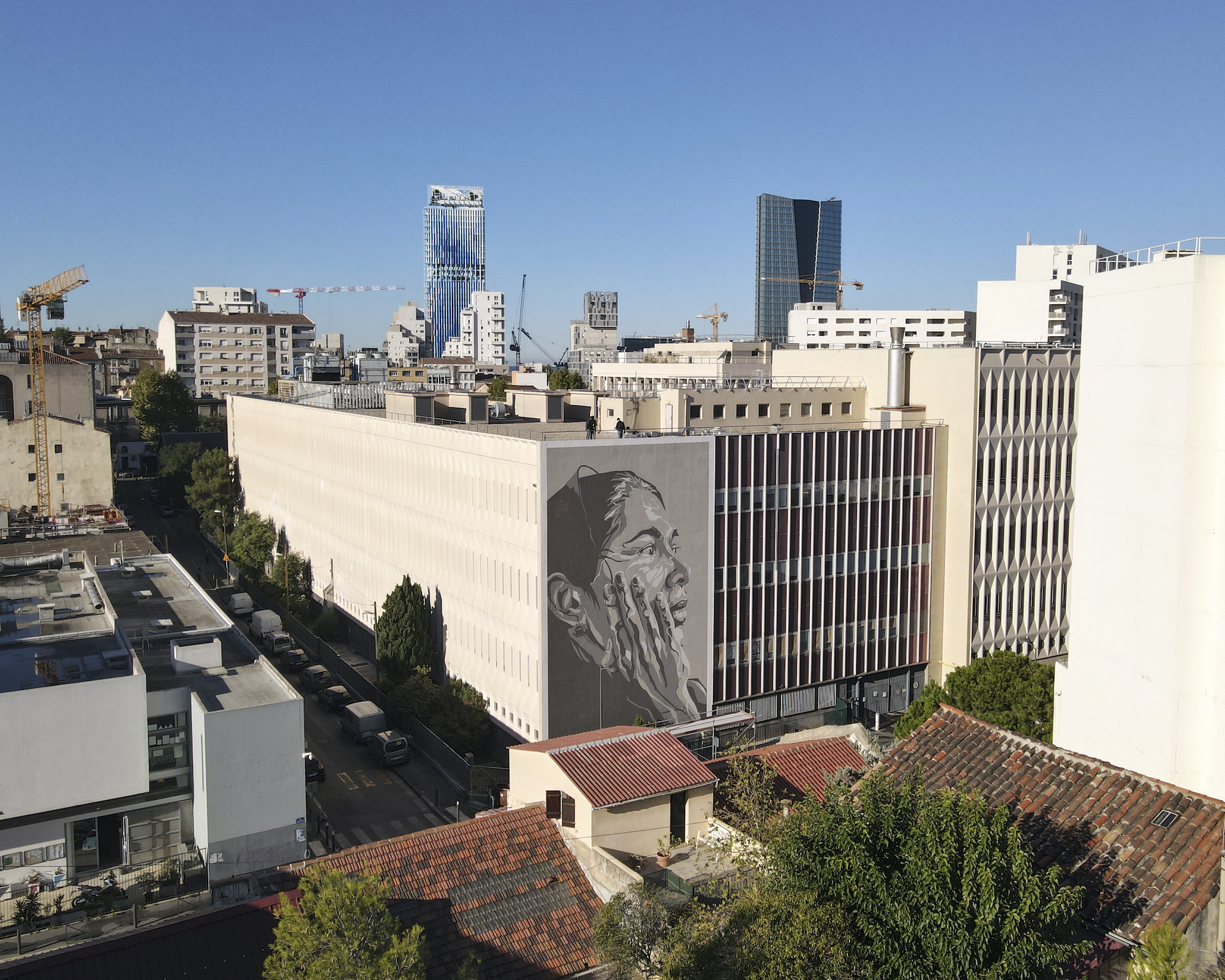
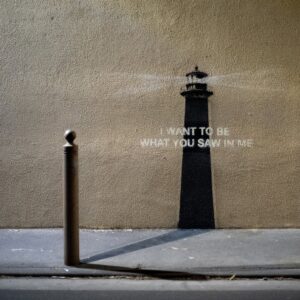
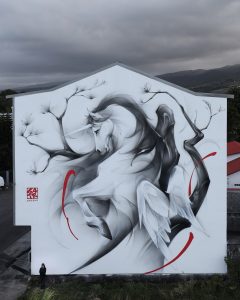
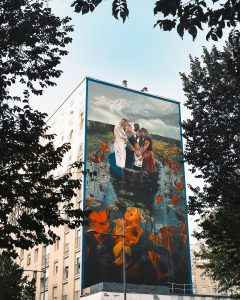
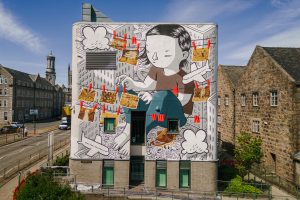
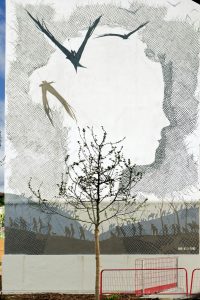
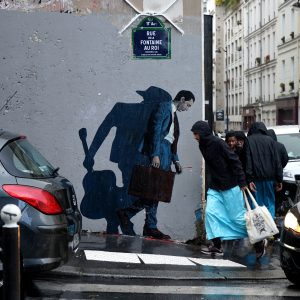
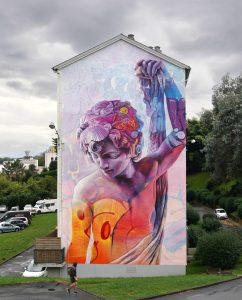
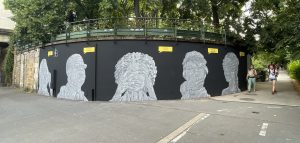
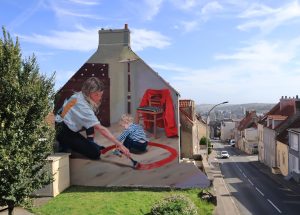
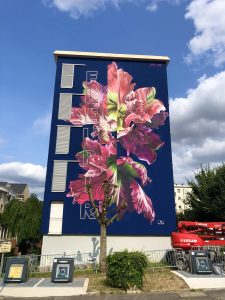
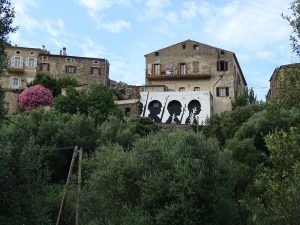
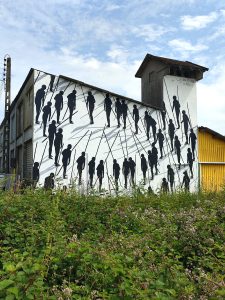
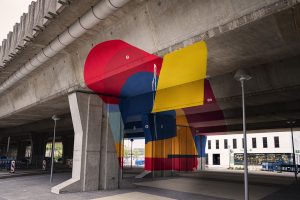
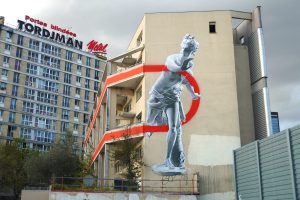
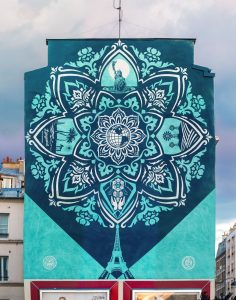
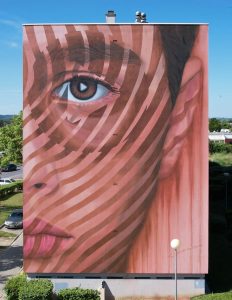
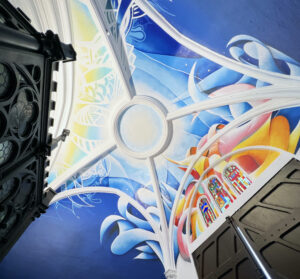
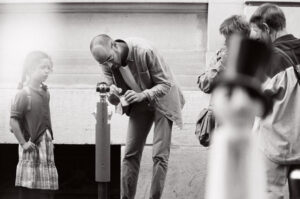
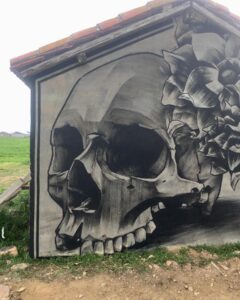
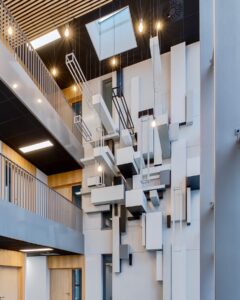
comment